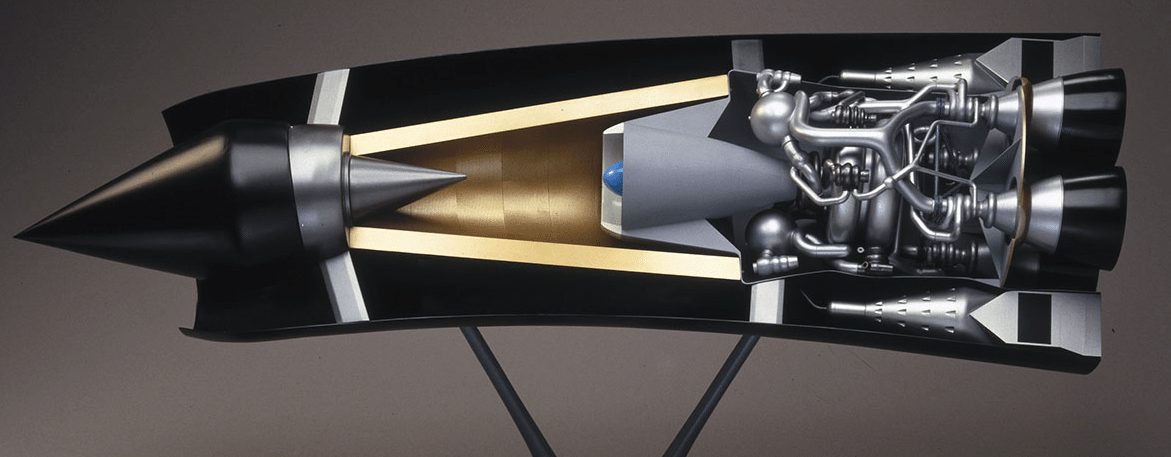Forget long-haul: this engine could change everything
Is the future here? Fans of Back to the Future have wondered this since the beginning of the year. But with no signs of Marty McFly or a properly functioning hoverboard, most would think that we’re still stuck in the past.
Thankfully, 2015 has produced some developments in the form of accessible space travel. Reaction Engines Limited, an aerospace engineering company based in Oxfordshire, has recently received financial backing from both the British government and BAE Systems towards the development of SABRE, an engine which will act as both a jet and rocket engine.
SABRE is capable of reaching speeds of up to Mach 5.5 (4200 mph) when in the Earth’s atmosphere, which it achieves by improving upon the current model of a jet engine. Jet engines essentially produce forward movement by taking in air and mixing it with fuel; this is then lit and pushed out the engine as exhaust. This stream of fluid moves the engine forward as it is ejected in opposition to the motion.
When operating at such high speeds, a jet engine would normally become very hot due to all of the air coming in, resulting in less thrust from the engine. SABRE aims to combat this by internally cooling the hot air, resulting in huge temperature drops almost instantaneously. This in turn allows for lighter parts to be used, in addition to much less jet fuel being needed.
At any speed above Mach 5, the engine will close off its air intake and effectively become a rocket engine, using its onboard fuel of hydrogen and oxygen.
SABRE is projected to be able to make the world of spaceflight a much more efficient and hopefully cheaper place, which is brilliant news for those of you willing to take a holiday in space. Just make sure to book ten years in advance.


Comments